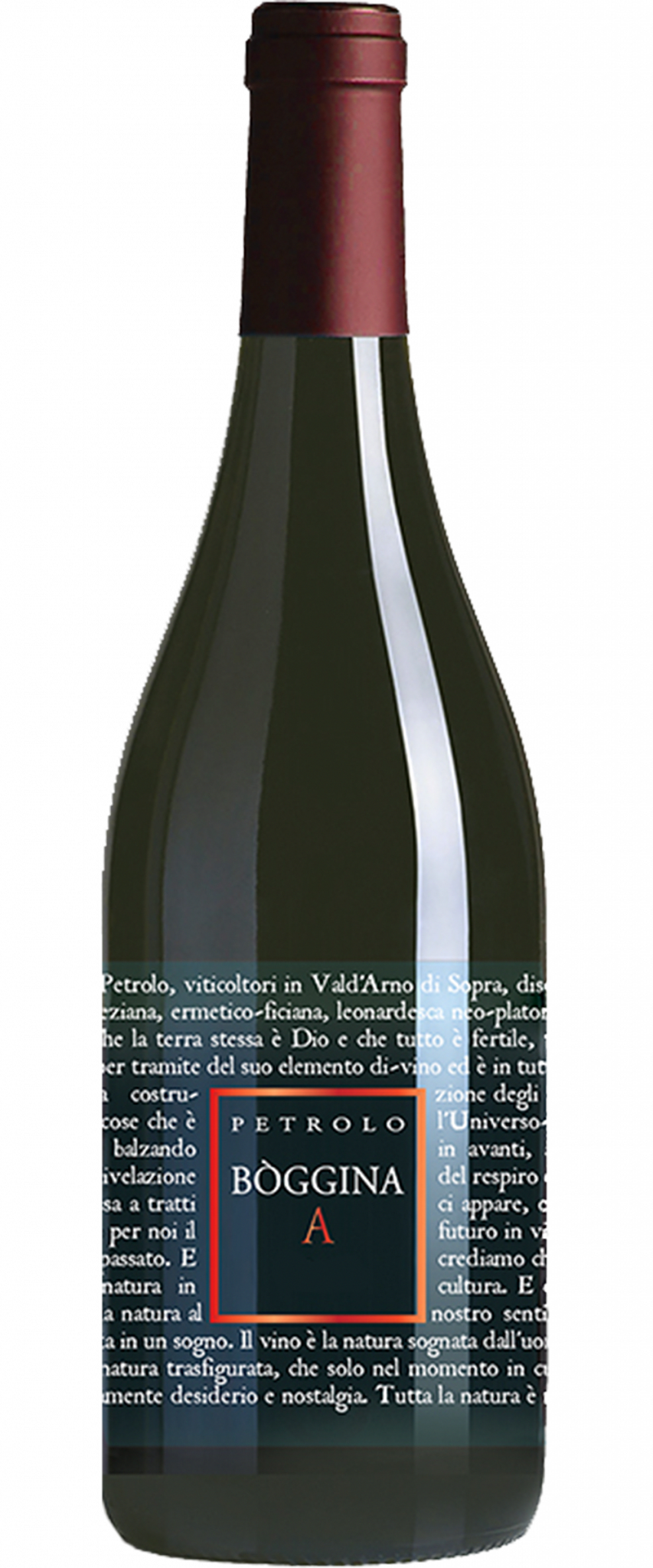About this video
Decanter’s Stephen Brook diverts from the usual wine routes in Tuscany to explore Valdarno: the low key, entirely organic region that is home to high profile names. While the area is unfamiliar to many Chianti lovers, it is a relatively new Tuscan DOC that was only approved in 2011, Brook introduces the region’s top producers, highlighting Petrolo.
Petrolo existed as a winery in the region for quite some time, however it was not until the 1980s when Luca Sanjust made the crucial decision to part ways with the existing simple Chianti vineyards and pursue a higher quality wine. Brooks explains that, “Their friend Denis Durantou from Pomerol was convinced that the bands of clay in some vineyards would be ideal for Merlot, and the Sanjusts followed that hunch.” Today there are 31ha under vine at up to 480m. They are mostly planted with Sangiovese (used for the Torrione, Bòggina A and Bòggina C), but the flagship wine has long been Galatrona, which is a pure Merlot. Additional plantings of Trebbiano are used for the Bòggina B.
To learn more about Petrolo and the fascinating Valdarno, read the full article HERE.
12_05Related Wines

Petrolo
Petrolo Bòggina A
Val d'Arno di Sopra
Every year, Petrolo selects a small lot of Bòggina, a wine made purely from their best Sangiovese grapes, to ferment in amphorae. The choice of amphorae has a historical dimension to get closer to Tuscany's cultural roots, as Terracotta in Tuscany has a history back to the early Etruscan times. The remains of amphorae and other Etruscan relics can be found throughout the Petrolo property, an area that has been settled for thousands of years.

Petrolo
Petrolo Bòggina B
Toscana IGT
Bòggina B is a little bit of Burgundy with a Tuscan twist. The wine is made with 100% Trebbiano Toscano. The clone of the Valdarno has been known for its quality since the 1300s, when it was regularly sent to the popes in Rome and the courts of Florence. Petrolo has been using Trebbiano grapes for its sweet vinsanto for decades, but owner Luca Sanjust decided that the time had come for a tribute to the great whites of Valdarno’s past. The wine is made under the guidance of one of Burgundy’s greats, Mounir Souma of Lucien Le Moine.

Petrolo
Petrolo Bòggina C
Val d'Arno di Sopra
Boggina is bottled from the best barrels of Sangiovese produced each year from the Boggina hill, planted in the 1950’s by Luca’s grandfather. Bòggina is the oldest vineyard on the Petrolo estate, and the source of Petrolo’s most prized Sangiovese vines.

Petrolo
Petrolo Galatrona
Val d'Arno di Sopra
Galatrona is a cru made entirely from Merlot grapes coming exclusively from a single vineyard planted in the early ‘90s. Year after year, it is recognized critically (the “Le Pin of Tuscany” by Wine Spectator, for example) but, more importantly, understood as being a reflection of its site far more than its grape varietal.

Petrolo
Petrolo Torrione
Val d'Arno di Sopra
Torrione is made primarily from Sangiovese grapes, both those that come from historic vines of the 1970s and ones more recently planted with high density. The yield per plant is notably restricted, allowing a concentration of all the noble components of the grape, fundamental for the full-bodied character of this wine. The fruit intensity and its black character make it a comparison to Brunello at several times the price.
Related Producers
Petrolo
Val d'Arno di Sopra, Tuscany. Italy
Petrolo is the definition of a cult winery, with an owner and a story that have helped create its legendary status. While the estate's benchmark wine, the Merlot cru Galatrona, deservedly receives fireworks in the press and is part of the history of Tuscany’s quality revolution in the late 1980s and 1990s, the winery's two other standouts, Torrione and Boggina, are an equally thrilling success - Sangiovese from a special and virtually unknown appellation bordering Chianti Classico that today produces wines of distinct regional identity.
